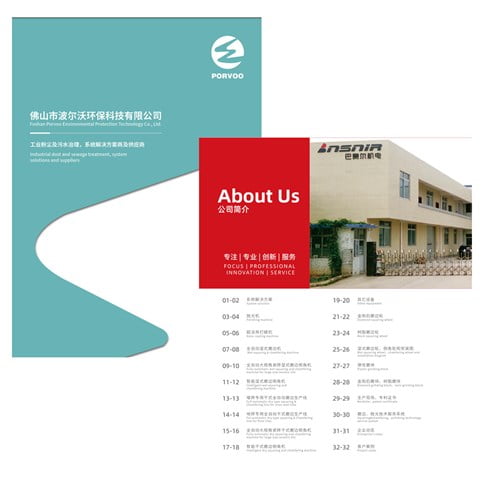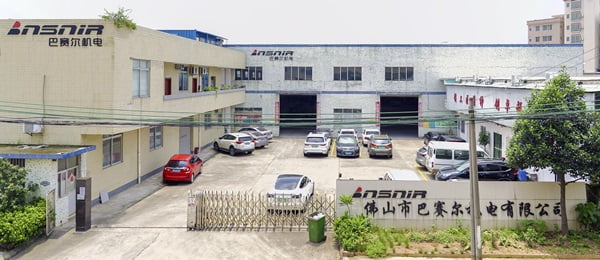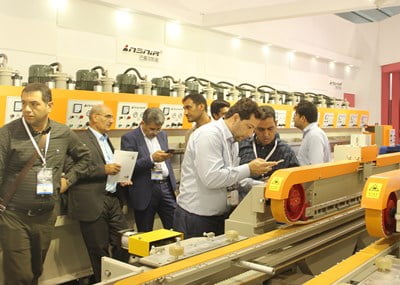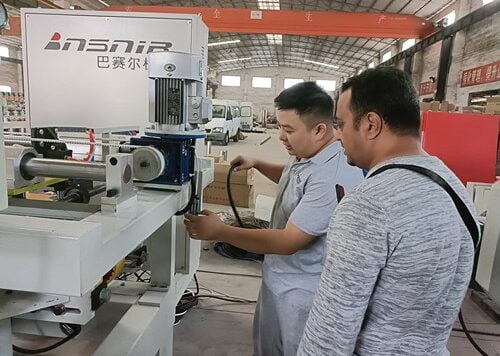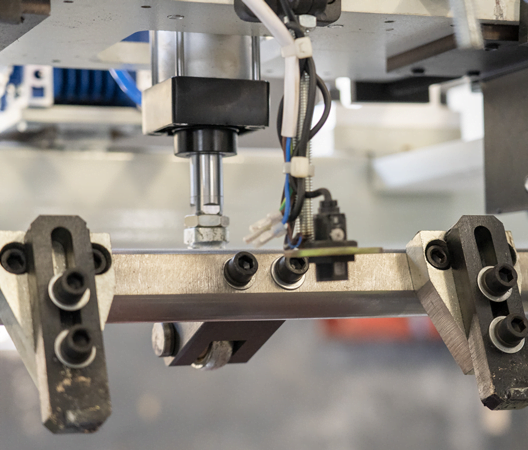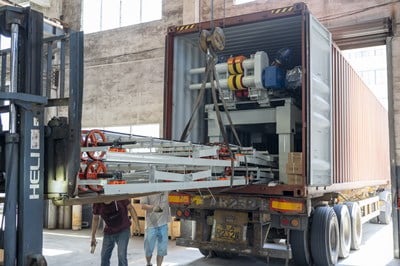The landscape of abrasive technology has undergone remarkable evolution, with 2025 marking a watershed moment for lappato processing capabilities. Revolutionary developments center on three critical areas: material science breakthroughs, precision engineering advancements, and intelligent automation integration.
Next-Generation Diamond Matrix Formulations
Advanced diamond matrix technologies represent the cornerstone of modern lappato innovation. New synthetic diamond compositions achieve 40% higher cutting efficiency compared to traditional formulations while extending operational lifespan by 35%. These improvements stem from enhanced crystal structure optimization and superior bonding mechanisms that maintain consistent performance throughout extended processing cycles.
Manufacturers report significant productivity gains when implementing these advanced formulations. A leading Italian ceramic producer achieved 28% faster processing speeds while maintaining premium surface quality standards, demonstrating the practical impact of these technological advances.
Precision-Engineered Surface Geometries
Revolutionary surface engineering creates optimized contact patterns that enhance material removal rates while preserving surface integrity. Advanced mathematical modeling enables precise prediction of surface interactions, resulting in more consistent finishes across diverse material types.
| Innovation Category | Performance Improvement | Lifespan Extension | Cost Impact |
|---|---|---|---|
| Diamond Matrix | 40% efficiency gain | 35% longer life | 15% cost reduction |
| Surface Geometry | 25% consistency boost | 20% durability increase | 10% savings |
| Bonding Systems | 30% retention improvement | 45% extended operation | 18% cost benefit |
How Is Advanced Diamond Abrasive Technology Revolutionizing Polishing?
Modern diamond abrasive systems incorporate breakthrough technologies that fundamentally alter polishing dynamics. These advancements focus on particle distribution optimization, thermal management improvements, and enhanced material compatibility across diverse substrate types.
Intelligent Particle Distribution Systems
Sophisticated particle arrangement algorithms ensure optimal diamond placement within abrasive matrices. This technology achieves uniform wear patterns and consistent surface finishes throughout the tool’s operational lifetime. Research from the International Ceramics Institute indicates that optimized particle distribution reduces surface variation by up to 60% compared to conventional arrangements.
Thermal Management Integration
Advanced diamond lappato abrasive solutions incorporate sophisticated heat dissipation mechanisms that prevent thermal damage during intensive processing operations. These systems maintain optimal operating temperatures even during high-speed applications, preserving both tool integrity and surface quality.
Multi-Material Compatibility Enhancements
Contemporary abrasive formulations accommodate diverse material properties through adaptive composition technologies. Whether processing natural stone, engineered ceramics, or composite materials, these systems automatically adjust interaction characteristics to optimize results.
Which Sustainable Abrasive Materials Are Leading 2025 Trends?
Environmental consciousness drives significant innovation in abrasive materials development, with sustainable alternatives gaining substantial market traction. These eco-friendly solutions maintain performance standards while reducing environmental impact through responsible sourcing and manufacturing practices.
Recycled Diamond Integration
Innovative recycling processes recover industrial diamonds from used abrasive tools, creating sustainable material sources without compromising performance. This approach reduces raw material consumption by approximately 25% while maintaining equivalent cutting capabilities.
Bio-Compatible Bonding Agents
New bonding systems utilize environmentally friendly compounds that eliminate harmful chemical emissions during manufacturing and operation. These materials exceed traditional bonding strength metrics while supporting sustainable production practices.
Waste Reduction Technologies
Advanced manufacturing processes minimize material waste through precision forming techniques and optimized production workflows. Industry leaders report waste reduction of 30-45% compared to conventional manufacturing methods.
What Smart Manufacturing Integration Means for Lappato Processes?
Industry 4.0 technologies transform lappato operations through intelligent monitoring systems, predictive maintenance capabilities, and real-time process optimization. These innovations enable unprecedented control over surface finishing operations while maximizing operational efficiency.
Real-Time Performance Monitoring
Embedded sensors within advanced polishing systems track operational parameters continuously, providing instant feedback on tool performance and surface quality development. This data enables immediate process adjustments to maintain optimal results throughout production runs.
Predictive Maintenance Algorithms
Machine learning systems analyze operational data to predict tool wear patterns and optimal replacement timing. This capability reduces unexpected downtime by 40% while extending tool life through optimized usage patterns.
Automated Quality Control Systems
Computer vision technology coupled with advanced algorithms enables real-time surface quality assessment. These systems detect microscopic variations and adjust processing parameters automatically to maintain consistent finish standards.
| Technology Integration | Efficiency Gain | Quality Improvement | Maintenance Reduction |
|---|---|---|---|
| Real-time Monitoring | 22% productivity boost | 35% consistency increase | 40% downtime reduction |
| Predictive Analytics | 18% optimization | 28% defect reduction | 45% maintenance savings |
| Automated Control | 30% speed increase | 42% uniformity boost | 35% intervention decrease |
How Do New Surface Texturing Techniques Enhance Performance?
Revolutionary surface texturing methodologies create optimized interaction patterns between abrasive tools and processed materials. These techniques enable precise control over final surface characteristics while improving processing efficiency and tool longevity.
Micro-Pattern Engineering
Advanced laser etching creates microscopic surface patterns that optimize material removal rates and surface finish quality. These precisely controlled geometries enhance cutting efficiency while reducing processing time by 20-30%.
Variable Texture Integration
Sophisticated manufacturing processes combine multiple texture types within single abrasive tools, creating adaptive surfaces that automatically adjust to material characteristics during processing.
Dynamic Surface Adaptation
Smart abrasive systems modify surface interaction patterns based on real-time feedback, ensuring optimal performance across varying material properties and processing conditions.
What Challenges Face Modern Lappato Abrasive Implementation?
Despite significant technological advances, several implementation challenges require careful consideration when adopting modern lappato advancements. Understanding these limitations enables informed decision-making and successful technology integration.
Initial Investment Requirements
Advanced abrasive technologies typically require substantial initial investments, with premium systems costing 40-60% more than conventional alternatives. However, improved efficiency and extended tool life generally justify these costs through reduced operational expenses over time.
Technical Training Demands
Sophisticated abrasive systems require specialized knowledge for optimal operation. Companies must invest in comprehensive training programs to ensure personnel can maximize system capabilities and maintain consistent performance standards.
Integration Complexity
Incorporating advanced abrasive technologies into existing production lines often requires significant modifications to equipment and processes. This complexity can extend implementation timelines and increase integration costs.
Which Cost-Performance Innovations Drive Market Adoption?
Market acceptance of advanced lappato technologies depends heavily on demonstrable cost-performance benefits that justify investment requirements. Leading innovations focus on maximizing operational efficiency while minimizing total ownership costs.
Extended Tool Life Technologies
Modern abrasive compositions achieve 2-3 times longer operational life compared to traditional alternatives, significantly reducing tool replacement costs and production downtime. This improvement stems from advanced bonding systems and optimized diamond distribution patterns.
Reduced Processing Time Benefits
Enhanced cutting efficiency enables 25-40% faster processing speeds without compromising surface quality. This improvement directly translates to increased production capacity and improved profitability for manufacturing operations.
Quality Consistency Advantages
Advanced lappato polishing solutions deliver unprecedented surface finish consistency, reducing rejection rates and rework requirements. Manufacturers report quality improvement rates of 30-50% when implementing premium abrasive technologies.
| Performance Metric | Traditional Systems | Advanced Innovations | Improvement Factor |
|---|---|---|---|
| Tool Lifespan | 100 hours | 250 hours | 2.5x increase |
| Processing Speed | Standard rate | 35% faster | 1.35x efficiency |
| Quality Consistency | 85% acceptable | 96% acceptable | 13% improvement |
The evolution of lappato abrasive technology for 2025 represents a fundamental shift toward intelligent, sustainable, and highly efficient surface processing solutions. These innovations deliver substantial benefits through enhanced cutting performance, extended tool life, and superior surface quality consistency. Advanced diamond formulations, smart manufacturing integration, and sustainable material developments position modern abrasive systems as essential components for competitive manufacturing operations.
As industry demands continue evolving, manufacturers who embrace these technological advances will gain significant competitive advantages through improved productivity, reduced operational costs, and enhanced product quality. The integration challenges, while meaningful, pale in comparison to the long-term benefits of modernized abrasive technology implementations.
Moving forward, successful adoption requires careful evaluation of specific operational requirements, comprehensive training programs, and strategic integration planning. Consider beginning with pilot implementations to demonstrate value before full-scale deployment. How will your manufacturing operations leverage these innovations to achieve superior competitive positioning in 2025’s demanding marketplace?
Frequently Asked Questions
Q: What are the major emerging innovations in lappato abrasive technology for 2025?
A: The most significant emerging innovations in lappato abrasive technology for 2025 include advanced, eco-friendly abrasive compositions, smart digital application systems, and highly customizable finishing options. Leading manufacturers are introducing diamond-based, multi-layer structures with graduated hardness, engineered for optimal cutting and finishing performance. Additionally, hybrid ceramic-metal bond matrices are being used to enhance heat dissipation, allowing for faster processing speeds while maintaining surface quality. These advancements enable users to achieve superior results with greater efficiency and sustainability.
Q: How do new lappato abrasives for 2025 differ from traditional abrasives?
A: Emerging innovations in lappato abrasive technology for 2025 differ from traditional abrasives in several key ways. Modern lappato abrasives utilize a patented multi-layer structure with a higher concentration of diamonds on the outer layer for initial cutting, while deeper layers are fine-tuned for finishing—resulting in a self-sharpening effect as the abrasive wears. This contrasts with conventional abrasives that simply mix diamond particles into a single binder. The new designs also incorporate hybrid ceramic-metal matrices to improve heat management, supporting up to 35% faster processing speeds without compromising finish quality.
Q: What benefits do the latest lappato abrasive innovations offer to industry users?
A: The latest emerging innovations in lappato abrasive technology for 2025 deliver multiple benefits to industry users:
- Enhanced Efficiency: Faster processing speeds due to improved heat dissipation and optimized abrasive design.
- Consistent Quality: Self-sharpening characteristics ensure long-lasting performance and uniform finish.
- Customizability: Options for tailored abrasive formulations to meet diverse material and application needs.
- Eco-Friendly Solutions: Focus on sustainable materials and processes, reducing environmental impact.
These advancements make operations more productive, cost-effective, and aligned with current sustainability goals.
Q: What types of materials are compatible with the latest lappato abrasive technology?
A: Emerging innovations in lappato abrasive technology for 2025 are designed to be versatile and compatible with a wide range of materials, including:
- Ceramics
- Natural stone
- Engineered quartz
- Glass and composites
The adaptable abrasive structure and customizable grit options allow users to achieve precise finishes on various surfaces, making these systems ideal for industries requiring high-quality and efficient material processing.
Q: How do digital application systems integrate with new lappato abrasive tools?
A: Digital application systems are becoming integral to new lappato abrasive technology for 2025, providing smart tools for:
- Automated grit selection and process control
- Real-time monitoring of abrasive wear and surface finish
- Data-driven optimization of finishing processes
This integration enhances precision, reduces manual intervention, and enables users to achieve repeatable, consistent results across different applications and materials.
Q: What future trends can we expect in lappato abrasive technology beyond 2025?
A: Looking ahead, the field of lappato abrasive technology is expected to continue evolving with:
- Further integration of AI and robotics for automation
- Development of even more sustainable abrasive materials
- Enhanced precision and customization for niche industries
These future trends will likely push the boundaries of what’s possible in surface finishing, offering smarter, greener, and more efficient solutions for a growing range of industrial applications.
External Resources
- The Future of Lappato Abrasive Technology: 2025 Innovations – This article explores emerging trends in lappato abrasive technology, including eco-friendly formulations and customizable finishing options for 2025.
- The Ultimate Guide to Lappato Abrasive for Ceramic Tiles – While not directly titled with the keyword, this guide provides insights into lappato abrasive technology relevant to innovation trends.
- Ceramics China 2025 – Press Release – This press release discusses industry events and technologies relevant to ceramic and tile polishing, which involves lappato abrasives.
- News & Insights – Abrasive Technology – Offers updates on the latest news and technologies in the abrasives industry, which may include innovations in lappato abrasive technology.
- Advanced Ceramics and Materials – BCC Research – This resource provides insights into advanced materials and could be relevant to understanding broader trends in abrasive technologies.

